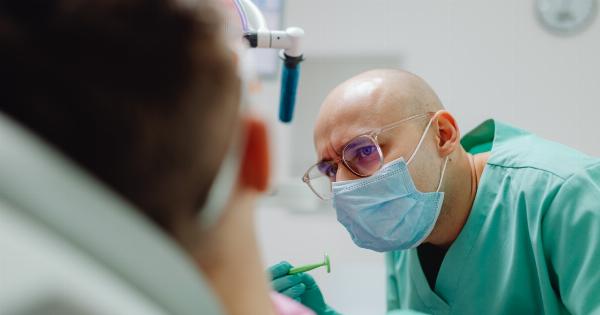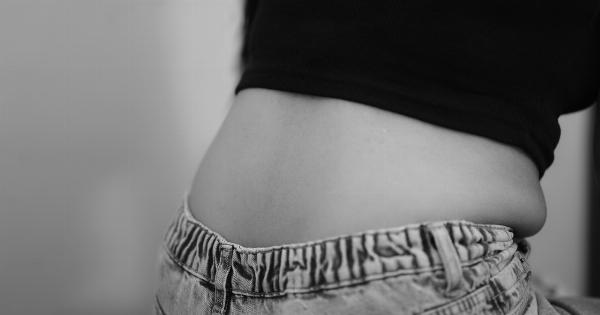Urinary incontinence refers to the loss of bladder control, commonly referred to as the inability to hold urine. It is a common and distressing condition which affects men and women of all ages.
According to the National Association of Continence, over 25 million adult Americans suffer from some form of urinary incontinence.
Types of Urinary Incontinence
There are several types of urinary incontinence, each with different causes and solutions. The following are the most common types:.
Stress incontinence
Stress incontinence is the most common form of incontinence and occurs when pressure is placed on the bladder, such as during coughing, sneezing, or physical activity.
It is more common in women than in men and is often caused by weakened pelvic floor muscles as a result of childbirth, menopause, or aging.
Urge incontinence
Urge incontinence is also known as overactive bladder and occurs when the bladder contracts involuntarily, causing a sudden urge to urinate that is difficult to control.
It is more common in women than in men and can be caused by bladder inflammation, nerve damage, or prostate problems in men.
Overflow incontinence
Overflow incontinence occurs when the bladder doesn’t empty completely, leading to leakage as the bladder becomes full. It is more common in men than in women and can be caused by an enlarged prostate, bladder stones, or nerve damage.
Functional incontinence
Functional incontinence occurs when a person is physically unable to get to the toilet in time due to mobility issues. It is more common in older adults and can be caused by conditions such as arthritis, Parkinson’s disease, or stroke.
Mixed incontinence
Mixed incontinence is a combination of two or more types of incontinence and is more common in women than in men. It can be caused by various factors, including weakened pelvic floor muscles, nerve damage, and prostate problems in men.
Causes of Urinary Incontinence
The causes of urinary incontinence vary depending on the type of incontinence. Common causes include:.
Pregnancy and childbirth
Pregnancy and childbirth can weaken the muscles that control urination and lead to stress incontinence. The weight of the baby during pregnancy can also put pressure on the bladder.
Age
As people age, the muscles and tissues in the urinary tract can weaken, increasing the risk of incontinence. Age-related changes can also cause the bladder to become less elastic and hold less urine.
Hormonal changes
Changes in estrogen levels during menopause can cause the muscles of the bladder and urethra to weaken, leading to urinary incontinence.
Prostate problems
Prostate problems, such as an enlarged prostate or prostate cancer, can cause overflow incontinence in men. Treatment for prostate cancer, such as surgery or radiation, can also lead to incontinence.
Nerve damage
Nerve damage can affect the ability of the bladder to hold urine or to empty completely, leading to various types of incontinence. Conditions that can cause nerve damage include diabetes, multiple sclerosis, and Parkinson’s disease.
Solutions for Urinary Incontinence
The treatment for urinary incontinence depends on the type of incontinence and its underlying cause. The following are some common solutions:.
Pelvic floor exercises
Pelvic floor exercises, also known as Kegel exercises, can help strengthen the muscles that control urination and prevent stress incontinence. These exercises involve contracting and relaxing the pelvic floor muscles several times a day.
Medication
Medication can be prescribed to improve bladder function and reduce bladder contractions in some types of incontinence.
Biofeedback
Biofeedback involves using sensors to monitor the contractions of the pelvic floor muscles and giving feedback to help a person learn to control these muscles more effectively.
Pessary
A pessary is a device that is placed in the vagina to provide support to the bladder and help prevent incontinence.
Surgery
Surgery may be an option in some cases of incontinence, such as when there is an obstruction in the urinary tract or when other treatments have been ineffective.
Conclusion
Urinary incontinence can be a distressing condition, but it is important to know that there are many solutions available.
By understanding the different types of incontinence and their causes, individuals can work with their healthcare provider to find the best treatment plan for their specific situation.






























